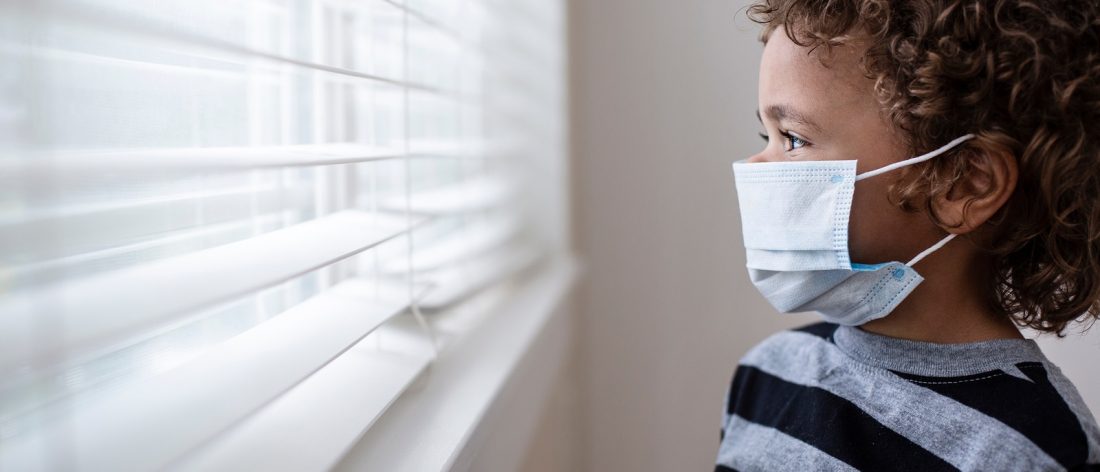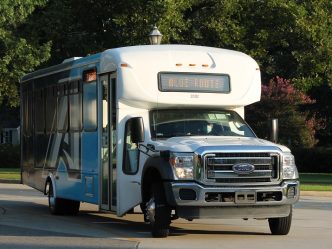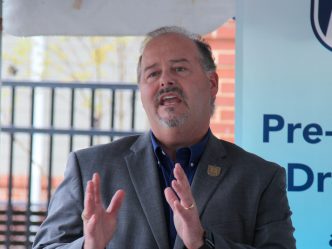When the topic of shelter-in-place and locking down states rose across the nation, Augusta University student Nitish Sood and fellow researchers Ashish Sood, associate professor of marketing at the University of California Riverside, and Gerard Tellis, director of the Institute for Outlier Research in Business and Marketing, began studying the efficacy of the measure and the reasons governors may have hesitated.
Why did governors wait?
On April 14, the trio of researchers published a study exploring the reasons governors delayed lockdowns and had made a startling discovery.
“What we found was, the percentage of population infected with COVID-19 seems to have played the least significant role in when states locked down,” said Nitish Sood, who is studying cellular and molecular biology and is expected to enroll in the Medical College of Georgia in the fall.


They launched the study, titled “Why did U.S. governors delay lockdowns against COVID-19? Disease science vs learning, cascades and political polarization” and published on SSRN, in response to a statement by Dr. Anthony Fauci, director of the National Institute of Allergy and Infectious Diseases. When asked during a press conference whether states should be ordering lockdowns to slow the spread of COVID-19, Fauci replied, “I just don’t understand why that’s not happening.”
Using statistical models and drawing on behavioral theories, the three scientists analyzed the factors they believed played into the governors’ decisions: political affiliation, social learning, information cascades (whether the actions of some governors influenced the actions of other governors), and percentage of the state’s population infected with COVID-19.
Instead of the rate of infection of the state’s population, the decision was more influenced by other factors. Social learning played a significant role, they found. Governors made decisions based on what they had seen occurring in other states. States infected later learned from states infected earlier and took less time to lock down.
In terms of political affiliation, they found that a Democratic governor is three times more likely to lock down his state than a Republican governor.
“Democratic governors seemed to put greater value on health benefits of individuals, [whereas Republican governors] seem to put greater value on costs to firms and workers of a lockdown,” the authors wrote. Polarization also occurs between the republican values of individualism and democratic values of the government’s responsibility to protect the population.
The third factor was information cascades. Similar to the way shoppers rush to buy a popular new product, governors who may have been on the fence were more likely to issue a lockdown if a nearby or influential governor did so, sometimes leading to small clusters of states locking down within a short time frame.
The study points out that ultimately, nearly all governors acted despite costs, as the lockdowns are essential to controlling disease. It was published on the heels of another study examining the length of time lockdowns and shelter-in-place measures would need to remain in place to effectively slow the spread of COVID-19.
How long should states remain in lockdown?
The answer is months, the study found.
Nitish Sood, along with fellow researchers Ashish Sood and Tellis, studied 36 countries and 50 U.S. states affected by the virus by the end of March, and published their findings March 30 in SSRN in an article titled “How long should social distancing last? Predicting time to moderation, control and containment of COVID-19.”
“Any moderation or slowdown has so far been due only to aggressive intervention,” they wrote.
The three researchers noticed a trend after studying a variety of data sources. Countries who were forced to implement huge measures such as school closures and lock downs were able to slow the spread.
The study used two metrics — daily growth rate and time to double cumulative cases — and three measurable benchmarks to determine how long aggressive measures would need to remain in place to slow spread of COVID-19. The benchmarks were moderation (when growth rate stays below 10% and doubling time stays above 7 days), control (when growth rate stays below 1% and doubling time stays above 70 days), and containment (when growth rate stays below 0.1% and doubling time stays above 700 days.
Ashish Sood said it takes about 14 days of aggressive intervention on average for a country to achieve moderation, or a growth rate of below 10 percent.
The scientists studied how long it took to achieve moderation after implementing a lockdown and used that to develop predictions about the United States.
“These predictions demonstrate that without aggressive lockdown or strategies, or some sort of track-and-treat strategy like Singapore or Hong Kong, there will be no moderation,” Tellis said. “The average time to those benchmarks after lockdown is about 14 days for moderation, for control, 41 days, and for containment, 45 days.”
The lockdowns will need to last a month to six weeks if we want to reach these numbers, Nitish Sood said.
“Georgia implemented our shelter-in-place (April 1). Some neighboring states had lockdowns for quite some time. With the free immigration across state borders, might that have resulted in a decreased impact in lockdown?” Nitish Sood said. “Only after a lockdown is implemented can we get a drop in moderation.”
Read the study on governor decisions here.
Read the study on efficacy of shelter-in-place measures here.
 Augusta University
Augusta University





